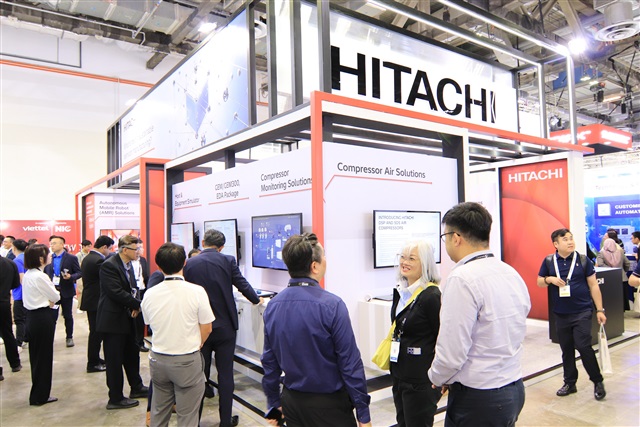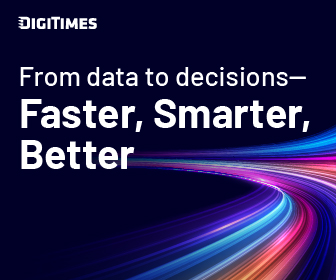Hitachi is positioning itself as a key player in the semiconductor industry's sustainability drive, offering AI-powered solutions and renewable energy infrastructure as chipmakers face mounting pressure to reduce their environmental footprint.
The article requires paid subscription. Subscribe Now



